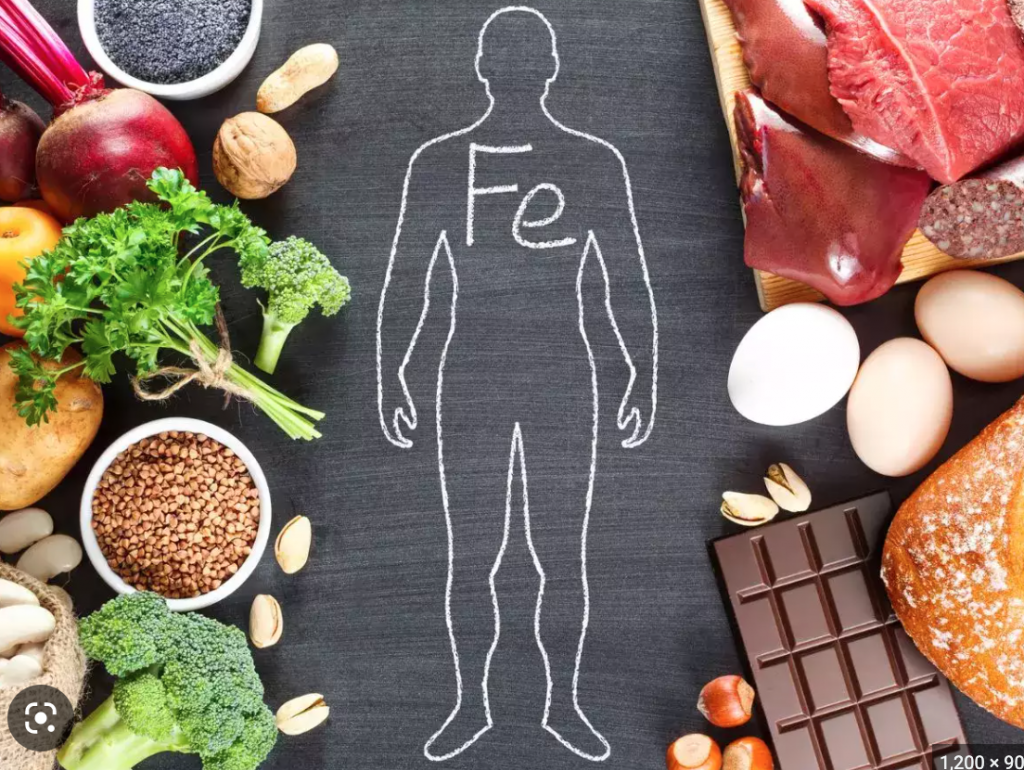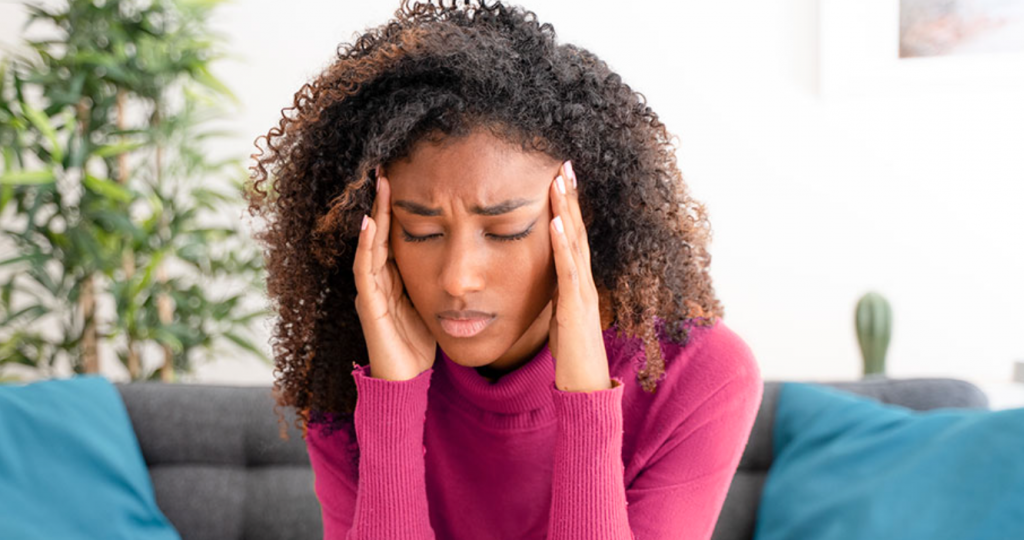IAM is an acronym for ISSA Academy Malaysia. Incidentally, Hannah Whitall Smith (1832-1911) states that I am, express eternity and unchangeableness of existence, which is the very first element necessary in a God who is to be depended upon. No dependence could be placed by any one of us upon a changeable God. He must be the same yesterday, today, and forever, if we are to have any peace or comfort.

Here is an interesting reading from International Sports Science Association (ISSA) about our need for iron as one vital micronutrient for our wellbeing.
Inadequate amounts of iron can have negative effects on the body’s normal functioning. It can be detrimental to overall exercise performance. Deficient iron stores can limit the body’s capacity to carry and deliver oxygen. This stunts maximal oxygen uptake and work capacity.
There are three known stages of iron deficiency.
Stage 1: Iron storage depletion
At this stage, iron stores are depleted but normal functioning is still intact. There is no decline in exercise performance or general health noticed. Hemoglobin levels are normal, but ferritin stores are a bit low. There is little evidence to show athletic performance will suffer much at this point. However, it is a red flag that problems could arise in the future if iron levels are not addressed.
Stage 2: Iron deficient non-anemia
During this stage, hemoglobin levels test normal. However, serum ferritin is even lower than stage one. With reduced ferritin, the production of red blood cells is impaired. A family doctor may believe an athlete is fine at this stage since hemoglobin is still okay. However, sports scientists may claim performance could improve if iron levels were increased.
Stage 3: Iron deficiency anemia
At this stage both hemoglobin and ferritin levels are low. Iron deficiency anemia is associated with fatigue. Athletes will also display a noticeably reduced work capacity. Iron deficiency anemia is more common among athletes and chronic exercisers than it is in the general population.

Symptoms of Iron Deficiency
Sometimes, iron deficiency can be so mild that it goes unnoticed. As the body becomes more iron deficient, signs and symptoms may intensify. Some symptoms of iron deficiency and potential anemia may include:
- General fatigue or exhaustion
- Weakness
- Chest pain
- Racing heartbeat
- Shortness of breath
- Headache
- Lightheadedness or dizziness
- Cold hands and feet
- Decreased exercise performance
How to Assess Iron Status
If your clients are feeling abnormally fatigued, it may be wise to evaluate iron levels. Iron levels can be assessed through a blood test. The most useful of a typical iron study panel is evaluating serum ferritin (2). Ferritin is a protein marker for iron stores. Most of the body’s iron is bound to hemoglobin and myoglobin. The remaining iron is bound to ferritin. Low ferritin levels reflect low stored iron within the body.
Every athlete’s physiology and training demands differ. Because of this, ferritin goals can vary from person to person. An additional helpful test is a complete blood count (CBC). This measures the level of red blood cells in the body. A CBC can be helpful in determining whether someone may be experiencing iron deficiency anemia.
How to Improve Iron Status
Pumping iron in the gym requires pumping elemental iron in the diet. Iron metabolism is a tightly regulated process. The first step towards increasing iron stores is increasing iron in the diet. Encourage your clients to find ways to increase dietary iron intake.
Also, incorporate practices that enhance iron absorption (3). This means avoiding co-consumption with known inhibitors and co-consumption with vitamins that enhance absorption.
Consuming vitamin C or animal products with non-heme iron may enhance iron absorption. Maximize absorption of iron from plant foods by combining them with vitamin C-rich foods (4):
- Citrus fruits
- Strawberries
- Bell peppers
- Tomatoes
- Broccoli
- Brussels sprouts
- Cabbage
- Cauliflower
- Potatoes
Top Foods High in Iron
Whether you eat meat or not, a balanced diet can provide you with plenty of iron. If you don’t eat meat or if you have risk factors for conditions or illnesses that could lead to poor iron absorption, it’s especially important that you pay attention to iron intake. These are some of the best choices.
Shellfish
All shellfish have high iron content, but oysters, mussels, and clams are superstars for this mineral. Just five to ten clams provide between 3.4 and 7.5 mg of iron. There can be a lot of variety by individual shellfish, but overall, they are rich in iron.
Red Meat
Unsurprisingly, red meat is high in heme iron. A typical serving has about 2.7 mg of iron. For the healthiest sources, choose lean beef, or bison, which is leaner and has even more iron.
Turkey
Among poultry, turkey is the best choice for more iron, especially dark meat. One serving of turkey has about 1.4 mg of iron, but more if you choose dark meat.
Tofu
An important non-meat protein source that comes from soy beans, tofu is also packed with iron. A half cup of plain, firm tofu has up to 3 mg of iron.
Legumes
For vegetarians and vegans, legumes are essential. They provide protein, fiber, and a lot of different vitamins and minerals. A half cup of kidney beans or lima beans has about 2 mg of iron. A half cup of cooked black beans contains 1.8 mg.
Fortified Cereal
Another good choice for vegans or vegetarians is cereal, but not just any cereal. Many are fortified with a significant amount of iron. Read cereal labels to look for iron content and low or no added sugars.
Spinach
Smart vegetable choices can provide a wide range of nutrients but also a significant portion of your daily iron intake. Just one serving of spinach contains 2.7 mg of non-heme iron.
Pumpkin Seeds
Both vegans and meat eaters should include more seeds in their diets for vitamins, minerals, and healthy fats. A one-ounce serving of pumpkin seeds provides 2.5 mg of iron.
Jerusalem Artichoke
This isn’t always easy to find, but if you see it in the produce section, grab some for an iron infusion. A one-cup serving has 5 mg of iron. Not at all like a true artichoke, this is actually a root. You can prepare it like you would a potato.
Dark Chocolate
Don’t forget to treat yourself. Just one ounce of dark chocolate contains 3.4 mg of iron. Look for at least 70% dark chocolate for the most health benefits, which also include prebiotics, flavanols, and antibiotics.
Iron Supplementation
Another means of increasing iron intake is through supplementation. However, iron levels are a bit of a Goldilocks situation. You want to get it just right. Too much can lead to iron overload. This can be dangerous and compromise overall health. Higher doses of iron can upset the stomach and cause constipation, nausea, and vomiting. Taking too much iron can also reduce zinc absorption within the body.
Taking an oral iron supplement may be necessary to restore adequate iron stores. However, it is not typically recommended for the general population. Most individuals can increase dietary iron consumption in more natural ways. Athletes should not pursue iron supplementation on their own. They should have iron levels clinically evaluated. Athletes can then proceed under professional supervision if supplementation is necessary.
Endurance sports and intense training increase the body’s demand for iron. This trace micronutrient can have a significant impact on overall performance. For efficient energy use during exercise, athletes should ensure an adequate dietary intake of iron. If your client is experiencing more fatigue than normal, encourage them to have their iron levels checked. Optimizing iron stores will work hand in hand with optimizing overall athletic performance and allow your clients to perform at their best.
Interested in learning more about how other micronutrients may impact overall athletic performance? Check out the ISSA’s Nutritionist course to learn the science of food intake and the mental aspects involved in client behavior change.
References
- Pedlar, C. R., Brugnara, C., Bruinvels, G., & Burden, R. (2017). Iron balance and iron supplementation for the female athlete: A practical approach. European Journal of Sport Science, 18(2), 295–305. https://doi.org/10.1080/17461391.2017.1416178
- Garza, D., Shrier, I., Kohl, H. W., Ford, P., Brown, M., & Matheson, G. O. (1997). The clinical value of serum ferritin tests in endurance athletes. Clinical Journal of Sport Medicine, 7(1), 46–53. https://doi.org/10.1097/00042752-199701000-00009
- Jim, Lee, Ubert, C., Terrell, J., Steen, G. M., Hillel, Christian, C., L., Dylan, Wharton, J., Dave, Sergio, Corrine, Reichert, W., & Kathy. (2017, November 6). Nutrient timing guide to optimize iron absorption. CTS. Retrieved February 23, 2023, from https://trainright.com/nutrient-timing-guide-optimize-iron-absorption/
- Vitamin C. Hsph.harvard.edu. (n.d.). Retrieved February 23, 2023, from https://www.hsph.harvard.edu/nutritionsource/vitamin-c/